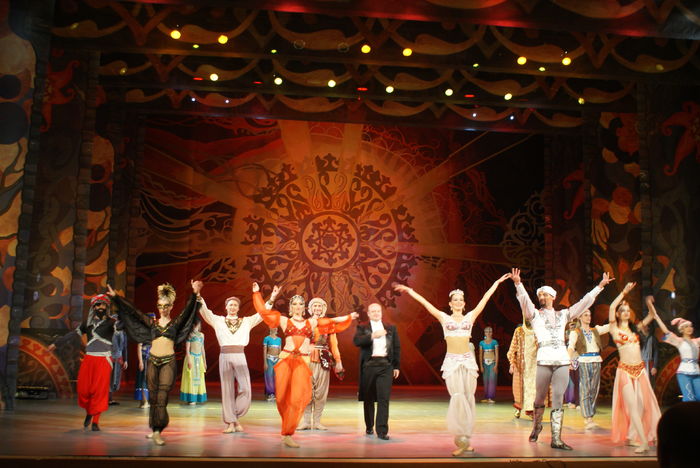Into the Spider-verse: Two Years On
As we near the two year anniversary of the release of Into the Spider-Verse, Ryan Yeap reflects on the wonderfully chromatic addition to the superhero genre.
Two years later, it’s still impossible to forget the exhilaration I felt when Into the Spider-Verse was first screened. With a delicate blend of lovable characters, unique animation, and an unforgettable banger by Post Malone and Swae Lee (listen here), Into the Spider-Verse captured the hearts and minds of both long-time Spider-Man fans and newcomers alike. With the film’s recent arrival on Netflix, it seemed apt to take a trip down memory lane and unpack what exactly made this Spider-Man film so great.
Miles Morales (Shameik Moore) is your average New York City teenager who’s boarding school student by day and amateur graffiti artist by night. As expected, he gets bitten by a radioactive spider, gaining spider-like abilities reminiscent of Spider-Man’s, and is subsequently embroiled in the villainous Kingpin’s (Liev Schreiber) plan to open interdimensional breaches into parallel universes. Miles meets similar Spider-People from other dimensions as a result, and has to embark on the arduous journey of becoming New York’s Friendly Neighbourhood Spider-Man.
From the outset, this wasn’t just another rote origin story about Peter Parker taking on the mantle – three different versions of that have already played out over the years. Instead, Into the Spider-Verse flips the formula and chronicles the adventures of a half Black and half Hispanic superhero, and it’s welcome to see such positive racial representation on screen. Narratively and thematically, the cautionary tale of how “with great power comes great responsibility” gives way to a powerful new message – that all it takes is a “leap of faith”.
“Vibrant dashes of colour grace every scene, and every moment is simultaneously eye-catching and electrifying.”
These changes are all further punctuated by the refreshing circumstances in which Miles learns the ropes: with the introduction of parallel universes, the journey to becoming Spider-Man is no longer one walked alone. Rather, impromptu lessons are given by other Spider-People, most notably Peter B. Parker (Jake Johnson), who, memorably, takes Miles through a hands-on web-slinging masterclass.
Of course, while Into the Spider-Verse is definitely a “Miles Morales” story, the inclusion of alternate Spider-People shouldn’t be overlooked either. On the contrary, their presence ups the ante a notch, providing welcome comic relief in between serious character moments – Peter Porker the Spider-Pig (John Mulaney) comes to mind. Crucially, their inclusion doesn’t just embellish an already highly stylised Spider-Man film.
What makes their presence so much more meaningful is how they help drive Miles’s story forward – in one particularly poignant moment, all five alternate Spider-People share their personal experiences with losing a loved one. For Miles, this was a momentous, character-defining lesson: being Spider-Man also means that you can’t save everyone.
“Into the Spider-Verse was not only a masterpiece in animated filmmaking, but a stand-out contender in an increasingly oversaturated market of superhero movies.”
No discussion of Into the Spider-Verse will be complete without some mention of the film’s now iconic visual language. This art style is unlike anything you would’ve seen in an animated comic-book film: rather than adapting the source material, Into the Spider-Verse (quite literally) brings it to life. The film is unapologetically chromatic – vibrant dashes of colour grace every scene, and every moment is simultaneously eye-catching and electrifying.
Notably, the animators relied on subtle visual trickery to enhance that “comic-book” flavour, such as the deliberately staccato frame rate, the use of motion lines, and the smattering of written onomatopoeia, just to name a few. Even each Spider-Person has a distinctive art-style to represent their personality: Peni Parker (Kimiko Glenn) is sketched like an anime character, Spider-Man Noir (Nicholas Cage) is stripped of all his colour, and Peter Porker is a 2D cartoon reminiscent of the Looney Tunes.
Into the Spider-Verse was not only a masterpiece in animated filmmaking, but a stand-out contender in an increasingly oversaturated market of superhero movies. Without question, Into the Spider-Verse has become one of the cornerstones of modern popular culture, and will remain so for years to come. Better yet, its world is only going to get bigger: with a sequel and spin-off in development, I for one can’t wait to see what else the Spider-Verse has in store.
 Arts / Plays and playing truant: Stephen Fry’s Cambridge25 April 2025
Arts / Plays and playing truant: Stephen Fry’s Cambridge25 April 2025 News / Candidates clash over Chancellorship25 April 2025
News / Candidates clash over Chancellorship25 April 2025 Music / The pipes are calling: the life of a Cambridge Organ Scholar25 April 2025
Music / The pipes are calling: the life of a Cambridge Organ Scholar25 April 2025 Comment / Cambridge builds up the housing crisis25 April 2025
Comment / Cambridge builds up the housing crisis25 April 2025 News / Cambridge Union to host Charlie Kirk and Katie Price28 April 2025
News / Cambridge Union to host Charlie Kirk and Katie Price28 April 2025






